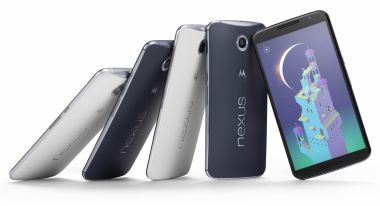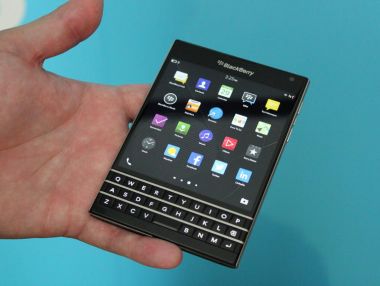Nexus 6 vs BlackBerry Passport comparison: Smartphone battle
There are more smartphone choices in the market nowadays aside from the usual brands such as Apple iPhone and Samsung Galaxy.

Just last September, Canadian mobile manufacturer BlackBerry Ltd began to make a comeback and released its newest product line called the BlackBerry Passport. Google, meanwhile, announced that they will release a new device called the Nexus 6 from Motorola that runs using the company's latest Android mobile operating system update called the Android 5.0 Lollipop.
But which between these two smartphones provide better features for smartphone consumers? Here is a detailed comparison between the latest devices from BlackBerry and Motorola:
Screen and Body
Google's soon-to-be released flagship phone comes with a 5.96-inch AMOLED capacitive touchscreen that features 1440 x 2560 resolution with 493 ppi pixel density in a 6.27 x 3.27 x 0.40 inch body that weighs 184 grams.

On the other hand, BlackBerry Passport has a 4.5-inch IPS LCD capacitive touchscreen that offers 1440 x 1440 resolution with 453 ppi pixel density. It has an overall dimension of 5.04 x 3.56 x 0.37 inch and weighs 196 grams.
Under the hood
The Nexus 6 will be equipped with a Qualcomm Snapdragon 805 chipset with quad-core 2.7 GHz Krait 450 CPU and Adreno 420. Consumers can choose between the 32 GB and 64 GB variants that both have 3 GB RAM, yet it does not have a microSD slot for expansion. The operating system is none other than Google's latest Android software, the Android 5.0 Lollipop.
Meanwhile, the BlackBerry Passport is launched with a Qualcomm MSM8974AA Snapdragon 801 chipset and a quad-core 2.26 GHz Krait 400 CPU and Adreno 330 GPU. It comes with a 32 GB internal memory capacity with 3 GB RAM, but it has a microSD slot for memory expansion up to 128 GB. It runs using BlackBerry 10.3 OS.
Camera
Both smartphones have impressive 13-megapixel primary cameras with autofocus and optical image stabilization functions, as well as 2-megapixel secondary cameras.











